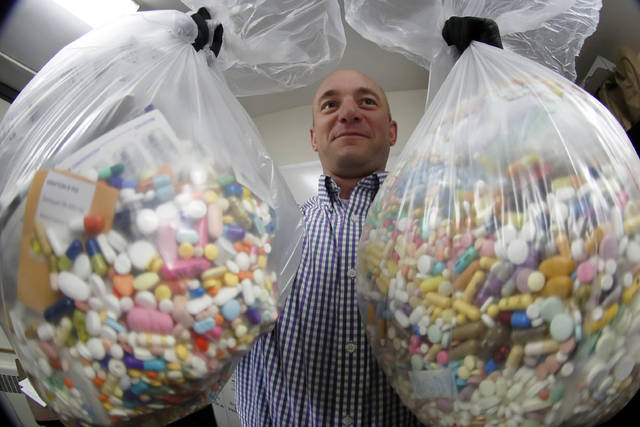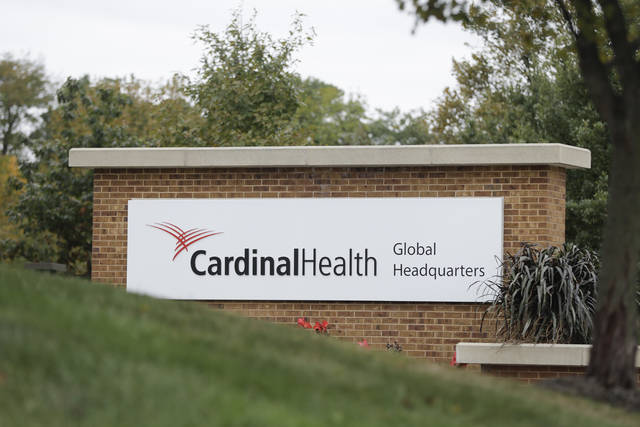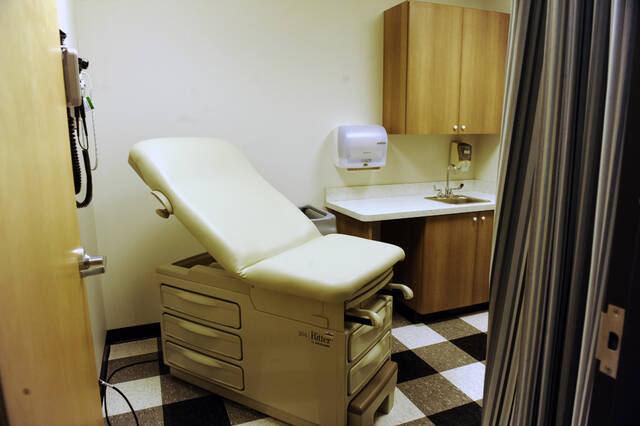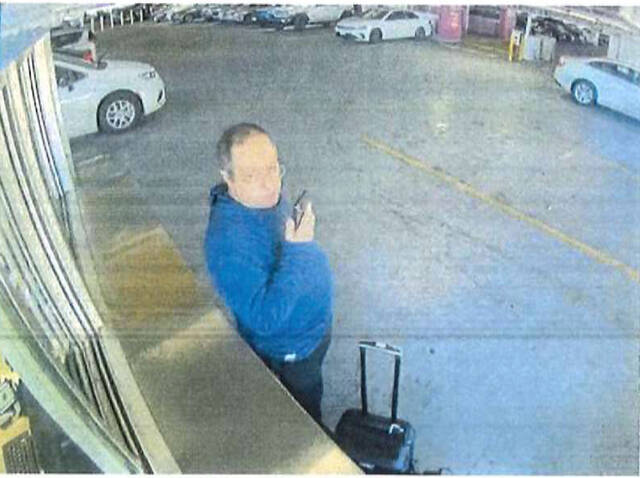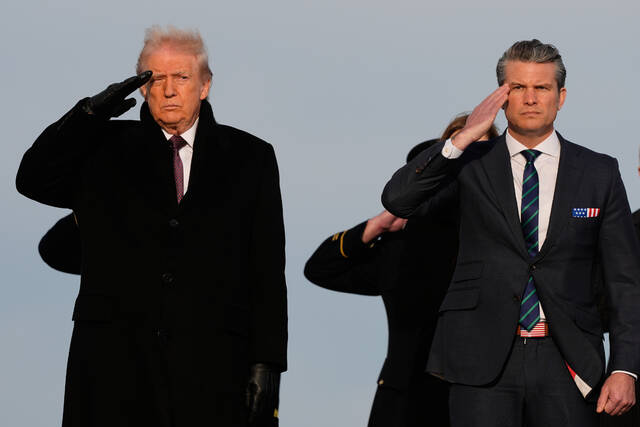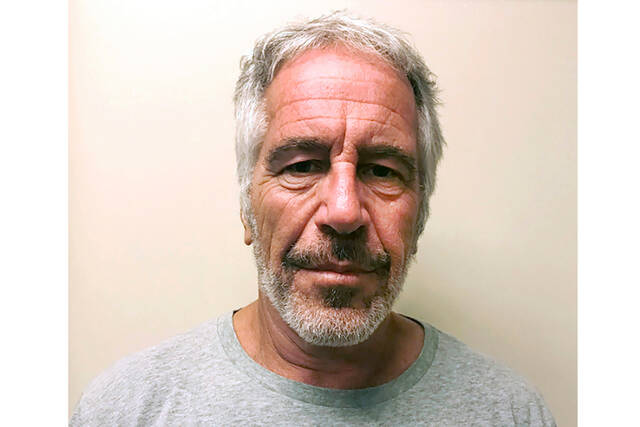Although the tentative settlement reached Monday of a federal opioid crisis lawsuit stopped short of a global agreement, it triggered growing optimism that communities devastated by drug abuse and overdose deaths may soon see relief.
Shortly after the Associated Press reported that the nation’s three largest drug distributors — AmerisourceBergen, Cardinal Health and McKesson — and drug manufacturer Teva reached a tentative $260 million deal to settle a lawsuit from two Ohio counties, a panel of state attorneys general signaled they may be nearing a massive agreement to settle claims filed by hundreds of other municipalities.
The team that included Pennsylvania Attorney General Josh Shapiro as well as attorneys general from North Carolina, Tennessee and Texas issued a statement saying negotiations toward that end are continuing.
“People in every corner of the country have been hurt by this crisis, and it is critical that settlement funds be distributed fairly across states, cities and counties and used wisely to combat the crisis. The global resolution we are working to finalize will accomplish those goals while also ensuring that these companies change their business practices to prevent a public health crisis like this from ever happening again,” they said.
Ohio counties Cuyahoga and Summit were among the first of some 2,300 municipalities, states, hospitals and Native American tribes scheduled to go to court against companies they say were complicit in spreading opioid addiction.
The team of attorneys general was in marathon negotiations with the drug companies and distributors over the weekend, attempting to craft a global settlement. While they fell short of that goal, lawyers said the agreement suggests others may be forthcoming.
Several counties in Western Pennsylvania — Allegheny, Beaver, Cambria, Washington and Westmoreland — as well as the city of Pittsburgh have similar suits pending.
Pittsburgh lawyer Bob Peirce, who is representing eight Pennsylvania counties, including Westmoreland, said none of his clients are scheduled to go to court before next year.
“But the good news is this illustrates (the companies) will do anything to avoid a trial. And they’re still in negotiations for a massive settlement,” Pierce said.
The Ohio deal is the most recent in a growing series of awards granted to governments. Last summer, in one of the first cases to go to trial, an Oklahoma judge ordered Johnson & Johnson to pay the state of Oklahoma $572 million.
Before that trial began, Oklahoma reached a $270 million deal with OxyContin-maker Purdue Pharma and an $85 million settlement with Teva.
In Westmoreland County, officials said taxpayers shelled out nearly $19 million in 2016 alone to fund government operations related to the opioid epidemic.
The Ohio trial was to be a test case for legal issues involved in thousands of pending lawsuits.
Lawyers for the two Ohio counties argued that the drug distributors failed to uphold a requirement that they stop suspicious orders of controlled substances from being shipped.
Federal data released as part of the litigation shows that 76 billion oxycodone and hydrocodone pills were shipped to U.S. pharmacies from 2006 to 2012, with shipments continuing to grow even after the U.S. Drug Enforcement Administration warned the drug industry about the increasing misuse of prescription opioids. That included 468 million opioid pills sent to Allegheny County during that seven-year span and 124 million pills shipped to Westmoreland County, records show.
The lawsuit also alleged that drug makers improperly marketed opioids to prescribers, overselling the benefits and minimizing the risks of a class of drugs that has been known for centuries to be addictive.
The federal judge overseeing the case had long pushed for settlements that would not only provide for damages for the plaintiffs, but also change practices as a way to make a dent in the opioid crisis.
The epidemic has become more complicated in the past decade, with fatal overdose numbers rising largely because of illicit drugs such as heroin and fentanyl. Overall, there have been more than 400,000 deaths linked to opioids in the U.S. since 2000.
Purdue Pharma reached a tentative settlement last month that could be worth up to $12 billion over time. But half the states, including Pennsylvania, and hundreds of local governments oppose it. The company is now going through federal bankruptcy proceedings in White Plains, N.Y., creating the possibility that its settlement offer could be renegotiated.
The Associated Press contributed.


